Vintage lace is a delicate and precious textile that requires special care and attention to preserve its beauty and longevity.
Whether you’ve inherited a vintage lace tablecloth from your grandmother or have discovered a stunning lace dress at an antique shop, it’s essential to understand the proper techniques for caring for these fragile fabrics.
Improper handling or cleaning can lead to irreversible damage, so it’s crucial to be mindful of the common mistakes that can harm vintage lace items.
In this comprehensive guide, we’ll explore the importance of vintage lace preservation, the common pitfalls to avoid, and the best practices for washing, drying, and storing your cherished vintage lace pieces.
By following these guidelines, you can ensure that your vintage lace items remain in good condition for generations to come.
Understanding Vintage Lace
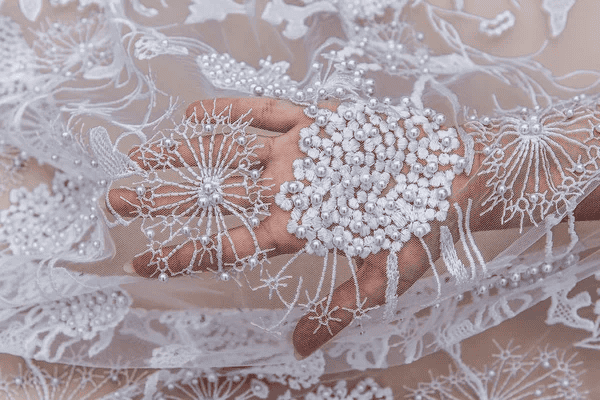
Before diving into the intricacies of caring for vintage lace, it’s essential to understand what constitutes this delicate fabric and why it requires special attention.
Vintage lace typically refers to a wide range of lace fabrics and trimmings that were produced in the past, typically before the mid-20th century.
These old lace items can include antique wedding dresses, delicate doilies, intricate collars, and exquisite table linens, among other treasures.
The delicacy of vintage lace stems from the intricate handcrafted techniques used in its production, as well as the age and fragility of the materials.
Over time, these lace items can become increasingly fragile, making them susceptible to improper handling, cleaning, and storage damage.
Preserving vintage lace is crucial for maintaining its beauty and value and honoring the skilled craftsmanship and rich history it represents.
General Rules for Vintage Lace Care
When it comes to caring for your vintage lace, there’s a general rule that you should always keep in mind:
Follow Care Instructions
Always check the care label or consult an expert before cleaning or maintaining your vintage lace items. The instructions provided can vary depending on the type of lace and its condition. These guidelines will provide valuable information on the appropriate washing, drying, and storage methods.
Avoid Harsh Chemicals
Steer clear of harsh detergents, bleaches, and other chemical-based products. These can be highly damaging to delicate vintage lace. Instead, opt for mild, pH-neutral detergents or specialized lace-friendly cleansers.
Gentle Handling
Handle your vintage lace with the utmost care. Avoid excessive folding, twisting, or pulling, as these actions can compromise the integrity of the fabric.
Proper Storage
Store your vintage lace items in a cool, dry place, away from direct sunlight and moisture. Sun exposure can accelerate the aging process and lead to discoloration or deterioration.
Hand Washing Vintage Lace
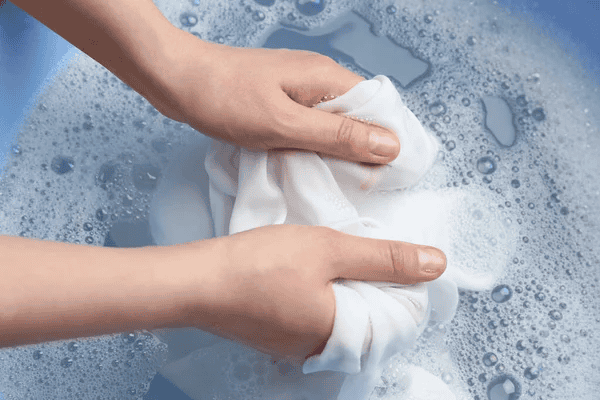
Hand washing is often the safest and most gentle method for cleaning delicate vintage lace items. This technique allows for careful handling and minimizes the risk of damage caused by agitation or excessive water pressure.
To hand wash your vintage lace:
Prepare the Washing Area
Begin by setting up a clean and spacious washing area. Use a large bowl or basin filled with cool or lukewarm water, ensuring it is free from contaminants that could harm the vintage lace.
Gently immerse the lace item in the water. Remember, avoid twisting or wringing it to prevent damage to the delicate fibers.
Choose the Right Water Temperature
Select the appropriate water temperature for washing. Avoid using hot water, as it can cause the delicate fibers to shrink or get damaged. The right water temperature helps maintain the lace’s integrity.
Use a Mild Detergent
Select a mild detergent that is non-alkaline and designed for delicate fabrics. Avoid harsh chemicals or fabric softeners, which can weaken the lace fibers. A mild detergent will clean effectively without harming the fibers.
Gently Wash the Lace
Submerge the lace item in the water and gently swish it around, not agitating or wring the fabric. Use your hands to lightly clean the lace lightly. Avoid excessive rubbing or scrubbing.
Rinse Thoroughly
After washing, it is important to rinse the vintage lace thoroughly. Use clear water to remove all traces of detergent. Rinsing completely ensures that no detergent residue is left behind. Otherwise, the lace could degrade over time.
Remove Excess Water
Lay it flat on a clean towel to remove excess water from the lace. Gently press the lace between clean towels, avoiding wringing or twisting. This method helps absorb the water without putting stress on the fragile fibers.
By following these steps, you can ensure that your vintage lace is cleaned safely and effectively, preserving its intricate beauty for years to come.
Machine Washing Vintage Lace
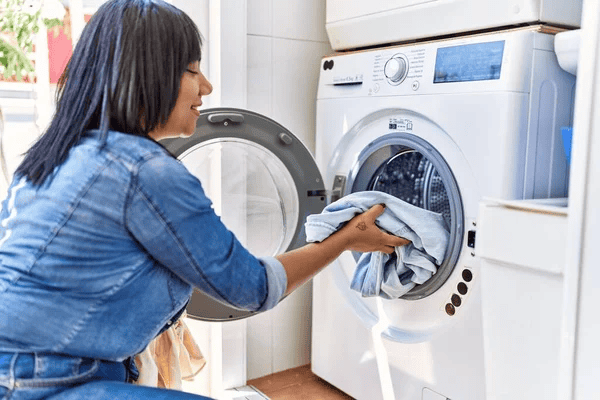
While hand washing is the preferred method for cleaning vintage lace, there may be instances where machine washing is appropriate, such as with large or heavily soiled items.
However, careful washing must be taken to avoid damaging the delicate fabric.
Risks of Machine Washing Vintage Lace
- A washing machine’s agitation and spin cycle can cause the lace to become tangled, stretched, or even torn.
- The high-speed spin cycle can distort the lace’s intricate patterns and delicate structure.
- Detergents and bleach used in a machine wash can be too harsh for vintage lace, leading to discoloration or fiber damage.
Tips for Machine Washing Vintage Lace
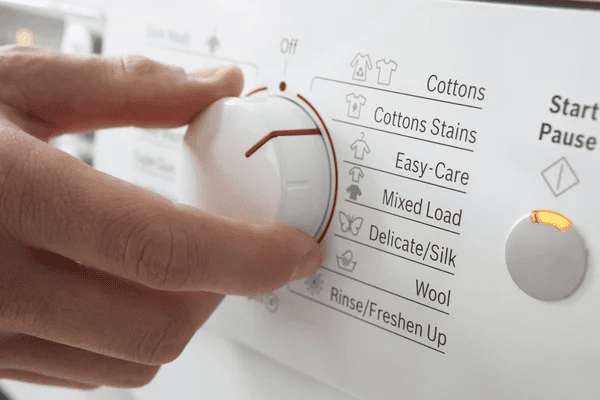
- Use a Mesh Laundry Bag: Place the vintage lace item in a delicate mesh laundry bag to protect it from the agitation of the machine.
- Select Appropriate Settings: Choose a gentle, delicate cycle with a low spin speed. Avoid using hot water; instead, use cool or cold water to prevent the lace from shrinking or becoming distorted. These settings are essential for preserving the integrity of vintage fabrics and lace items.
- Avoid Spin Cycle: If possible, remove the item from the machine before the spin cycle to prevent excessive water extraction and potential damage to the delicate lace fabric.
By taking these precautions, you can safely machine wash your vintage lace items. Still, it’s important to remember that hand washing remains the safest and most effective method for preserving their delicate beauty.
Stain Removal for Vintage Lace
Dealing with stains on vintage lace can be delicate and challenging, as harsh cleaning methods can further damage the fragile fabric. Using gentle yet effective techniques, it’s important to approach stain removal with the utmost care and patience.
Vintage lace is particularly susceptible to discoloration and damage from aggressive stain removal methods. The use of strong chemicals, abrasive scrubbing, or high heat can compromise the integrity of the lace, leading to irreversible harm.
Therefore, it’s crucial to employ gentle, low-impact techniques that target the stain without compromising the fabric.
Methods for Removing Stains from Vintage Lace
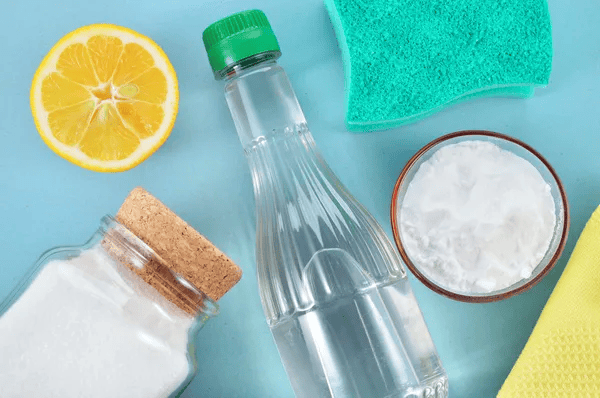
Here are some effective yet gentle methods for removing stains from your vintage lace items:
- Lemon Juice Solution: Mix a small amount of fresh lemon juice with lukewarm water, and use a soft-bristled brush or a clean, soft cloth to blot the stain gently. The lemon’s natural acidity can help lift the stain without damaging the lace.
- White Vinegar Solution: Create a diluted solution of white vinegar and water, and use it to sponge the affected area gently. Vinegar’s mild acidic properties can help break down the stain without harming the lace.
- Oxygen-Based Laundry Products: Look for specialized oxygen-based laundry products formulated for delicate fabrics. These gentle cleaners effectively remove stains without the use of harsh chemicals.
Remember to always test any stain removal method on a hidden or inconspicuous area of the lace item to ensure it doesn’t cause any discoloration or damage before applying it to the entire stain.
Drying Vintage Lace
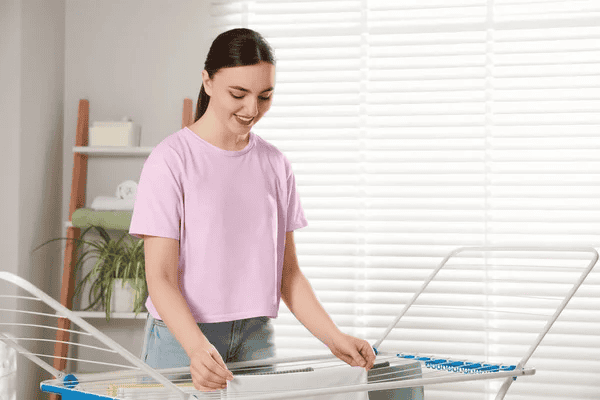
Proper drying techniques are crucial for maintaining your vintage lace items’ shape, texture, and overall condition.
The way you dry your vintage lace can significantly impact its long-term preservation. Exposing lace to excessive heat, direct sunlight, or harsh drying methods can cause the fibers to become brittle, discolored, or misshapen.
Therefore, it’s essential to employ gentle, low-impact drying techniques that protect the integrity of the lace.
Methods for Drying Vintage Lace
Here are some recommended methods for safely drying your vintage lace items:
- Using a Drying Rack: Lay the lace item flat on a clean, non-metallic drying rack, ensuring it is fully supported and not folded or creased. This allows the lace to dry naturally without any distortion.
- Lay Flat Drying on a Clean Towel: Gently lay the lace item flat on a clean, absorbent towel, avoiding any folds or creases. This method is particularly useful for larger lace pieces, such as tablecloths or bed linens.
- Avoiding Direct Sunlight: Never expose your vintage lace to direct sunlight during drying, as UV rays can cause discoloration and accelerate aging. Instead, choose a well-ventilated, shaded area to allow the lace to air dry.
Ironing Vintage Lace
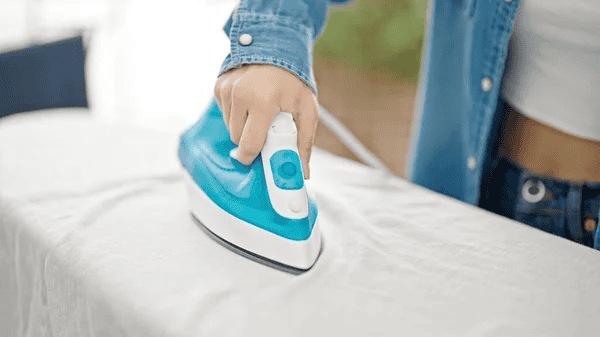
Ironing vintage lace can be a delicate and challenging task, as an iron’s high heat and pressure can easily damage the fragile fabric.
Proper ironing techniques are essential to maintain the integrity and appearance of your cherished lace items.
Tips for Ironing Vintage Lace
To safely iron your vintage lace items, here are some tips:
- Use a Low Heat Setting: Set your iron to the lowest possible temperature, as high heat can easily scorch or melt the delicate lace fibers. Avoid using steam, as the moisture can also compromise the fabric.
- Place a Clean Cloth Between Lace and Iron: To further protect the lace, place a clean, soft cloth or pressing cloth between the lace and the iron. This acts as a buffer, preventing direct contact with the hot metal surface.
- Avoid Excessive Pressure: Apply only gentle, feather-light pressure when ironing vintage lace. Pressing down too hard can cause the lace to become misshapen or even tear.
Storage of Vintage Lace
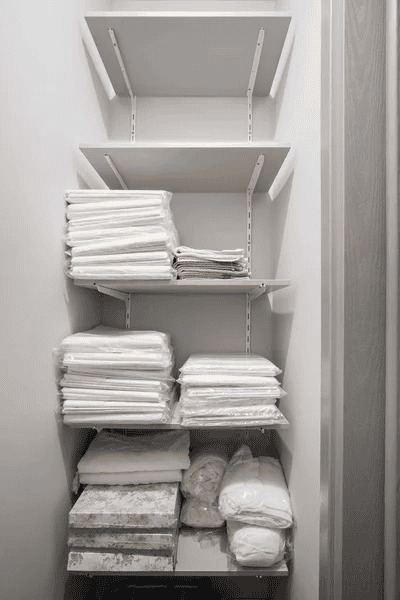
Proper storage is essential for the long-term preservation of your vintage lace treasures. Wrong storage methods can lead to discoloration, weakening of the fabric, and even complete deterioration of these delicate items.
Tips for Storing Vintage Lace
Here are some best practices for storing your vintage lace items:
- Use Acid-Free Tissue Paper: Wrap your vintage lace items in acid-free tissue paper to create a barrier between the lace and any potential sources of acidity, which can cause discoloration and weaken the fabric over time. This method particularly benefits delicate lace inserts, vintage linens, and a lace wedding gown.
- Avoid Plastic Bags: Steer clear of storing your vintage lace in plastic bags or containers. Plastic can trap moisture and promote mold or mildew growth, irreparably damaging the delicate fabric. Instead, use breathable fabric bags or unbleached muslin wraps to protect your vintage garments and antique fabrics.
- Store in a Cool, Dry Place: Choose a storage location that is cool, dry, and away from direct sunlight. Ideal conditions in a climate-controlled environment include a closet, drawer, or archival-quality storage box. This prevents issues like dry rot and helps maintain the good shape of your vintage textiles and antique linens.
Conclusion
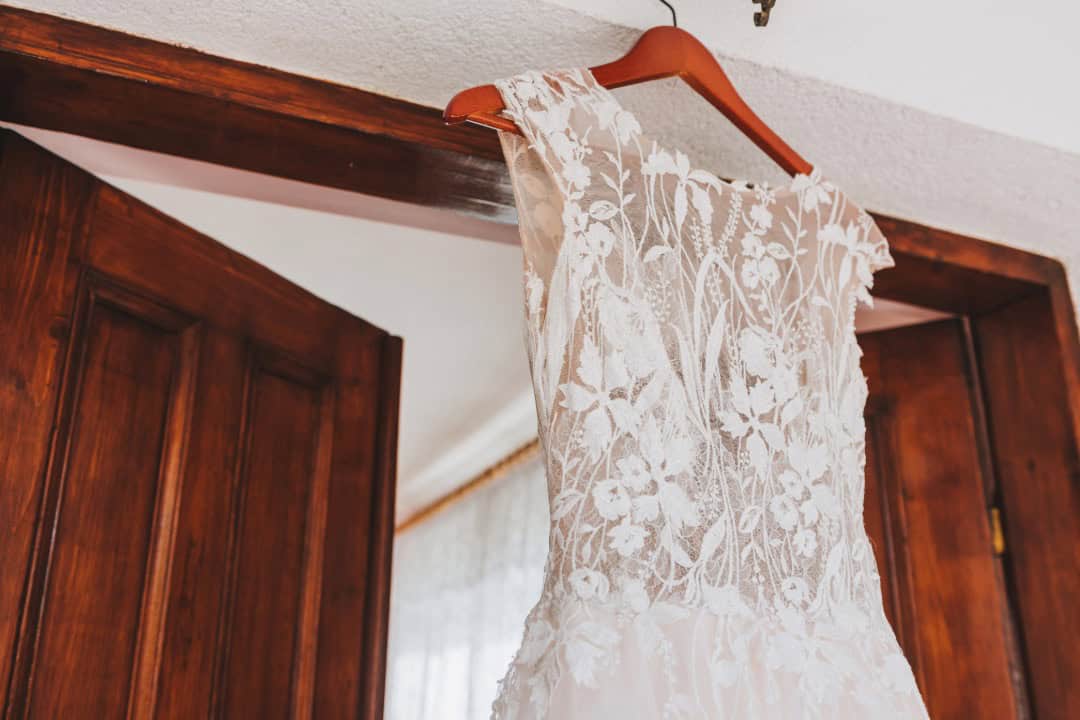
Caring for vintage lace requires patience, attention to detail, and a gentle touch. By avoiding common mistakes, such as using harsh cleaning products, improper washing techniques, and unsuitable storage methods, you can ensure that your cherished vintage lace items remain pristine for years.
Remember, the key to successful vintage lace care is always to be gentle, follow the manufacturer’s instructions, and use specialized, lace-safe products and techniques. With the right approach, you can preserve your vintage lace treasures’ intricate beauty and historical significance, passing them down to future generations.
